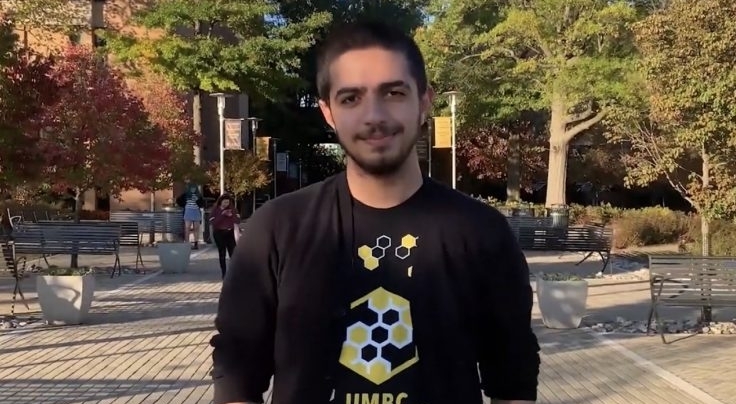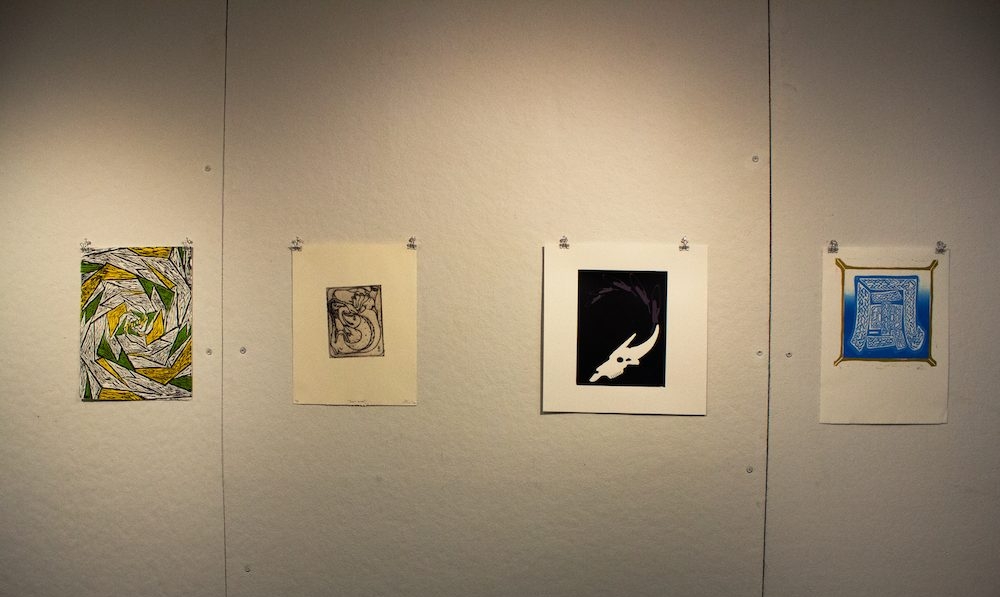On November 17, UMBC student Vanessa D. Barksdale gave an educational lecture regarding her research about the evolution of collegiate activism in Maryland colleges. “Given the Baltimore uprisings that occurred the spring of 2015 and the student protests happening in college campuses all over the country right now, I think this subject is an important one to discuss, because of its significant societal relevance,” said Barksdale.
She expressed her concern with the difficulty of spurring effective collegiate activism, stating that “many students want to demonstrate and be involved in social justice movements, but don’t know how.” Barksdale goes on to describe a situation that exemplified this problem – the Freddie Gray protests.
“I remember being in the dining hall and seeing all these UMBC students stand up and watch the television in disbelief and helplessness when these protests were occurring in Baltimore city. They didn’t know what to do or how to help. They were unprepared.” This specific moment inspired her research, she said.
The focus of her research are case studies of two collegiate activist organizations, the ways in which they maintained success, the structural challenges they faced and how we can learn from their experiences to help future collegiate activist organizations in their endeavors.
The first organization she discussed was the Students for a Democratic Society, which was active from 1962 through 1969, a pivotal time period for the Civil Rights Movement. This organization advocated racial equality, disarmament, civil liberties, liberal education and the sit-in movement. The College Park chapter of the SDS had their own specific agenda, calling for equal access to healthcare for all members of the administration. They also criticized the university administration for partnering with companies that benefited from the Vietnam War.
The second organization Barksdale brought up was the Baltimore Algebra Project, which sought to address problems like Baltimore City schools facing a $60 million deficit and Baltimore City public schools performing in the bottom 10th percentile. The Baltimore Algebra Project also emerged with a movement to combat racialized police brutality. They advocated for the National Student Bill of Rights, which included the right to free public education, free healthcare, free transportation and much more.
Barksdale then discussed the organizations’ strengths of both collegiate organizations, such their ability to engage students across a variety of ethnicities and socioeconomic statuses and to engage students in a way that prioritizes their voices. “Both the SDS and the Baltimore Algebra Project were good at building coalitions and stimulating collaborative work and this helped them in the long run,” said Barksdale.
“Despite their success, both the SDS and the Baltimore Algebra Project faced many organizational challenges,” said Barksdale. According to her research, these organizations had unnecessarily antagonistic relationships with the university at times, inciting hostile relationships between the administration and the student activists. Furthermore, both organizations struggled to use strategic, decisive measures for activism, rather than impulsive ones.
“By understanding both the successes and weaknesses of these organizations, we can make collegiate activism as efficient and effective as it can be on campuses across the nation. Historical context is important, and it is our responsibility to learn from the past,” concluded Barksdale.

